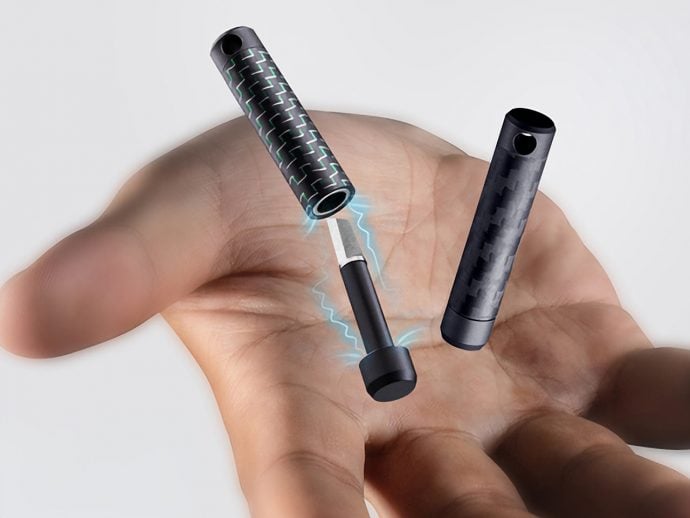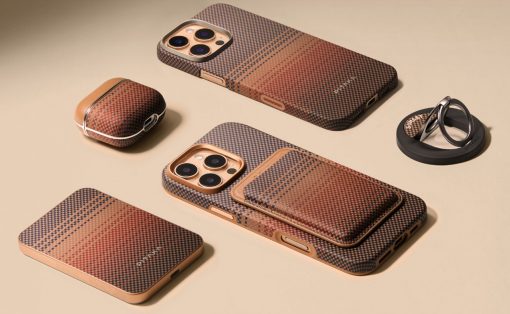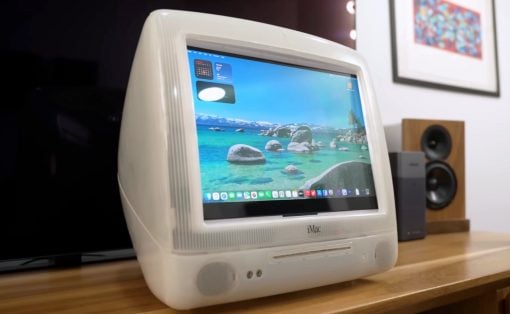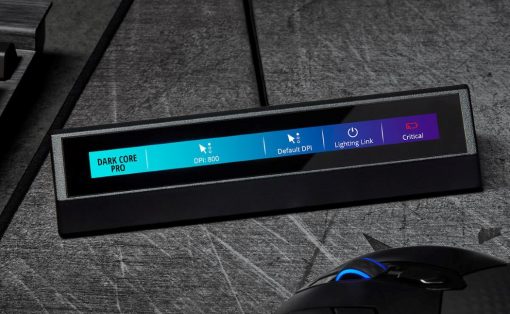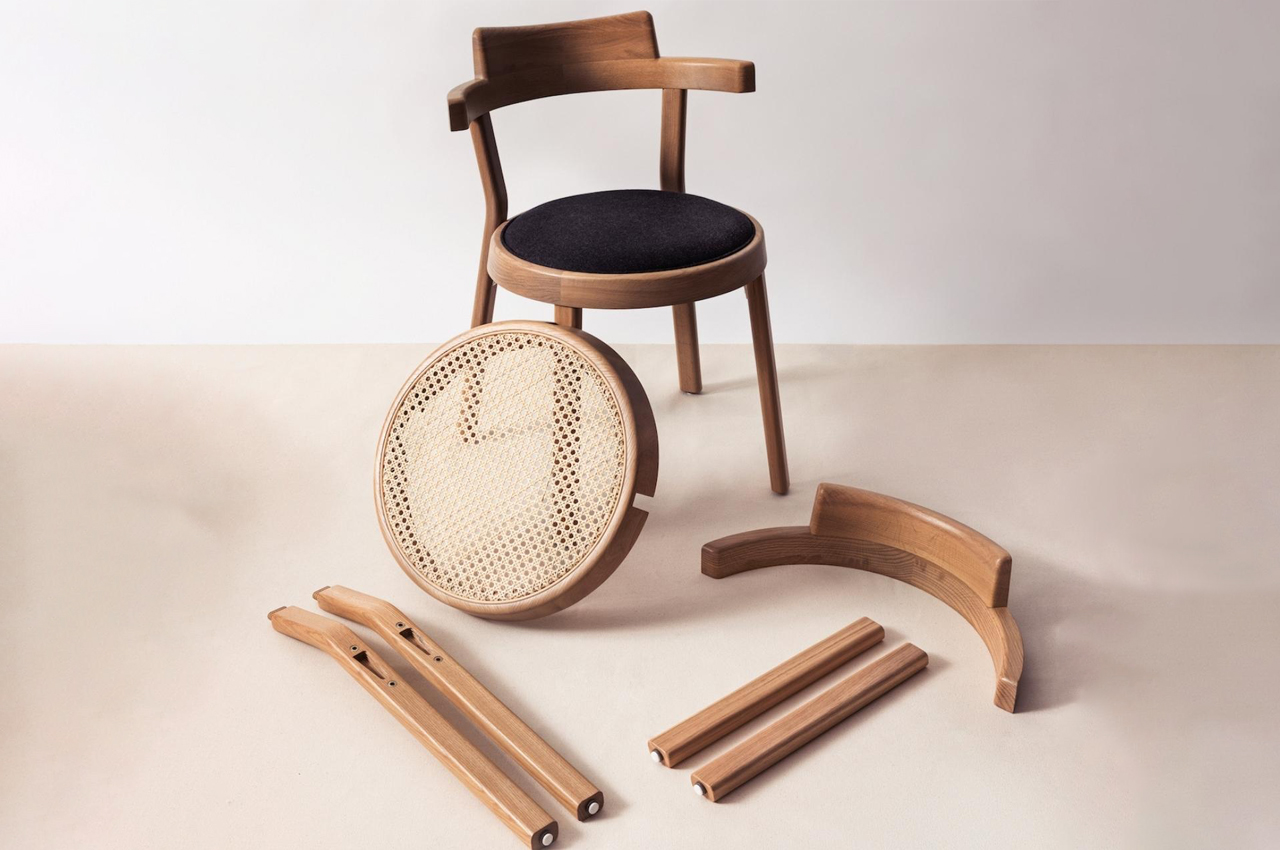
Flat-packed designs are really quite intriguing! They’re portable, easy to put together, and occupy minimum space. And, this innovative technology is now being introduced to almost all kinds of product designs…including furniture! From foldable chairs to pet houses, there’s nothing that cannot be flat-packed. These designs, not only rate high on space efficiency, but also eliminate the usage of heavier space-consuming designs. They are definitely functionally and ergonomically beneficial, but they also possess minimal and clean aesthetics, that allow them to harmoniously blend with any living space. Flat-packed furniture is also a major boon when you’re moving houses. You can easily ship all your furniture from one home to another, without having to do any heavy lifting and carrying. Flat-packed furniture designs are truly the future!
1. Pagoda


Shanghai-based Stellar Works teamed up with American design studio Bassam Fellows to come up with an East meets West kind of chair that can fit your dining room, your office pantry, or your indie cafe.
Why is it noteworthy?
Pagoda is inspired by both the cafe culture in Shanghai during the 1920s and the cafe chairs from Vienna in the 19th century. Aside from the fact that it’s well-designed, it’s also pretty convenient to assemble it as there are only six parts in the package.
What we like
- Inspired by the cantilevered, upward-curving gates of pagodas in Asia
- You can choose from different finishes depending on the motif of your home or business space
What we dislike
- No complaints!
2. That Stool
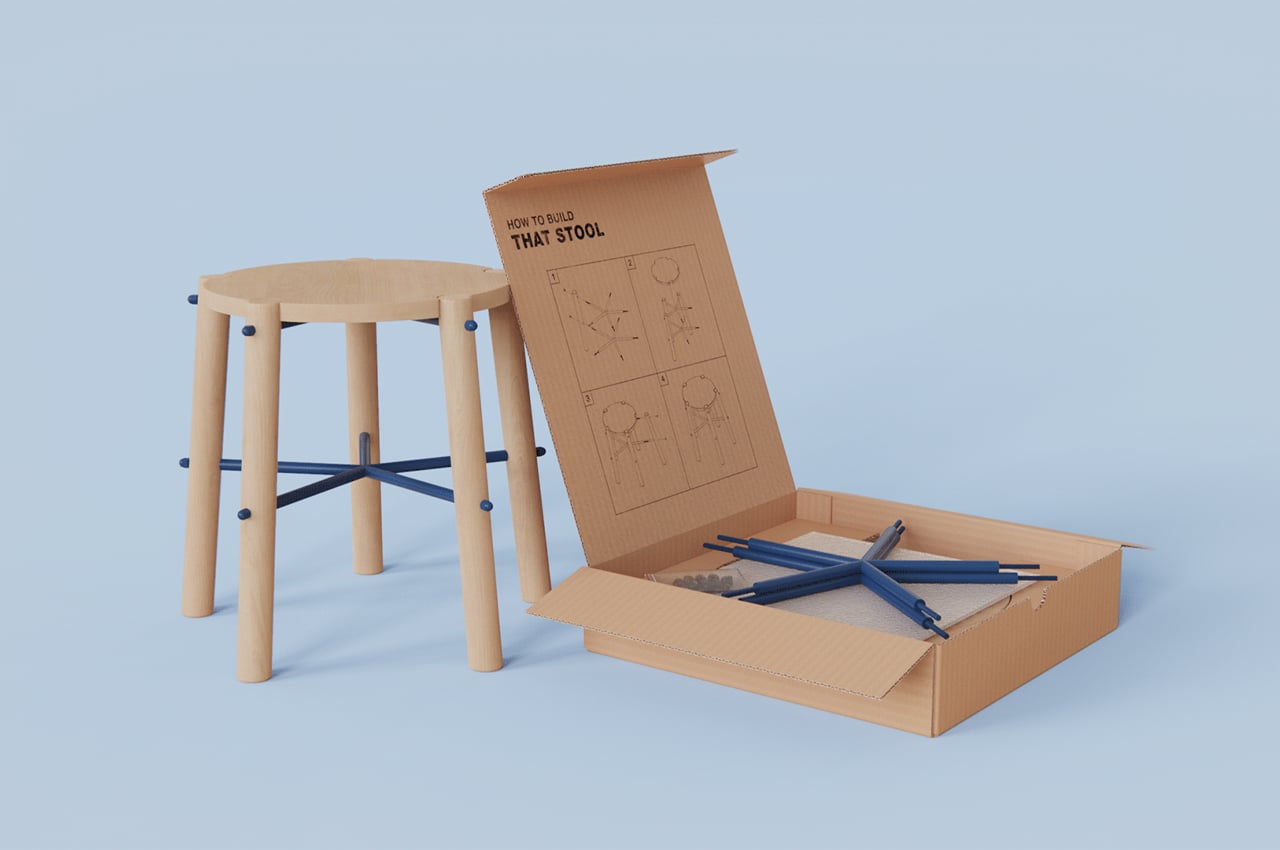
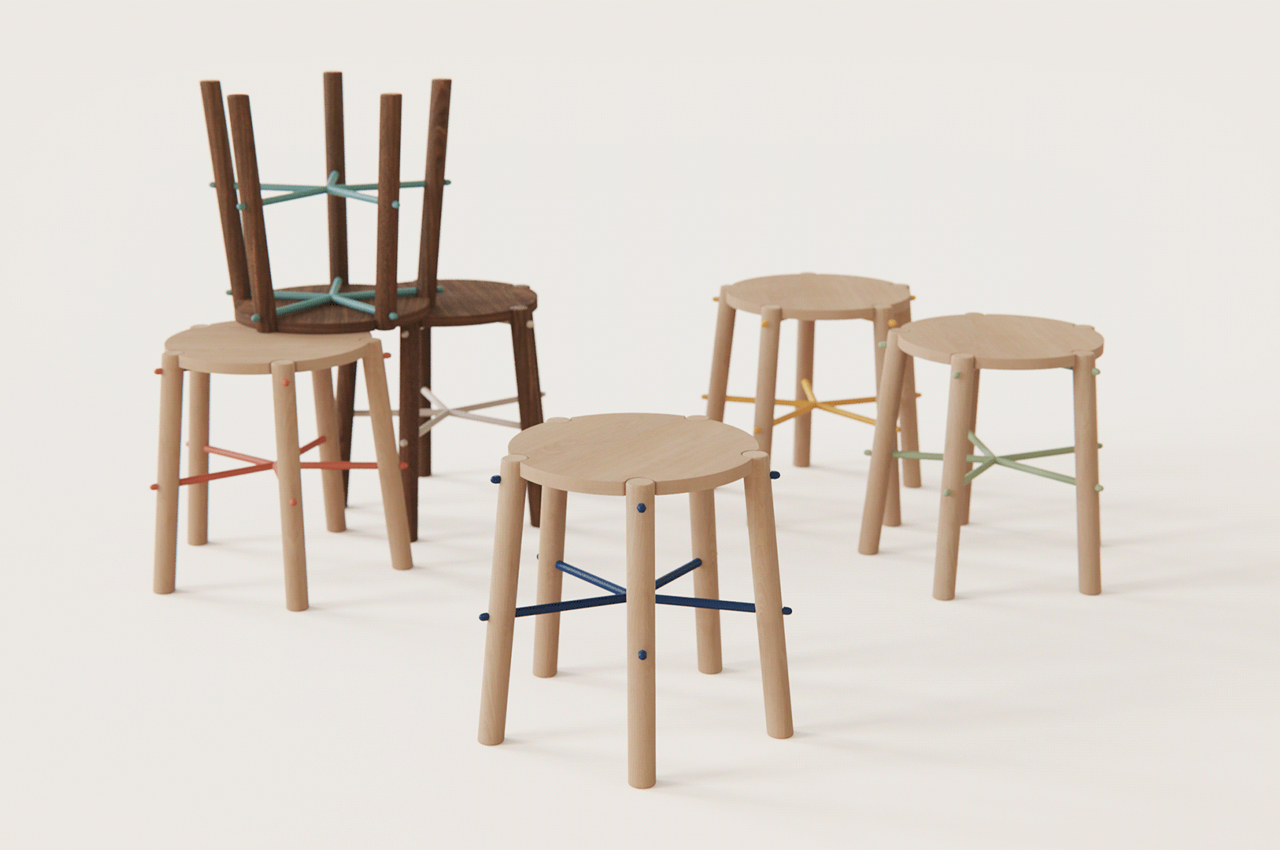
Small stools can come in handy anywhere. From empty art studios to crowded offices, stools can make the simple difference between sitting on the floor and having a seat. They especially come in handy when they’re designed for easy assembly and storage. Developed by Alondra Elizalde, That Stool is a flatpack DIY small stool designed with easy assembly to provide a practical means of having a stool anywhere, at any time.
Why is it noteworthy?
That Stool is comprised of only a few parts: a seat rest, five legs, a couple of star-shaped spindles, and some connecting nuts and bolts. All contained within a flatpack corrugated cardboard box, the parts of That Stool are easy to assemble with no additional hardware required. Following the imprinted instructions on the underside of That Stool’s top cover, users will first attach each leg to the corresponding screws on the star-shaped spindles. From there, connecting fasteners secure the legs and spindles in place, providing a sturdy bolster for the seat rest to mount.
What we like
- Assembled in only four steps without any additional hardware
- Can be used anywhere, at any time
- You can build it yourself!
What we dislike
- Looks like any other regular stool on the market
3. The Storm Lamp
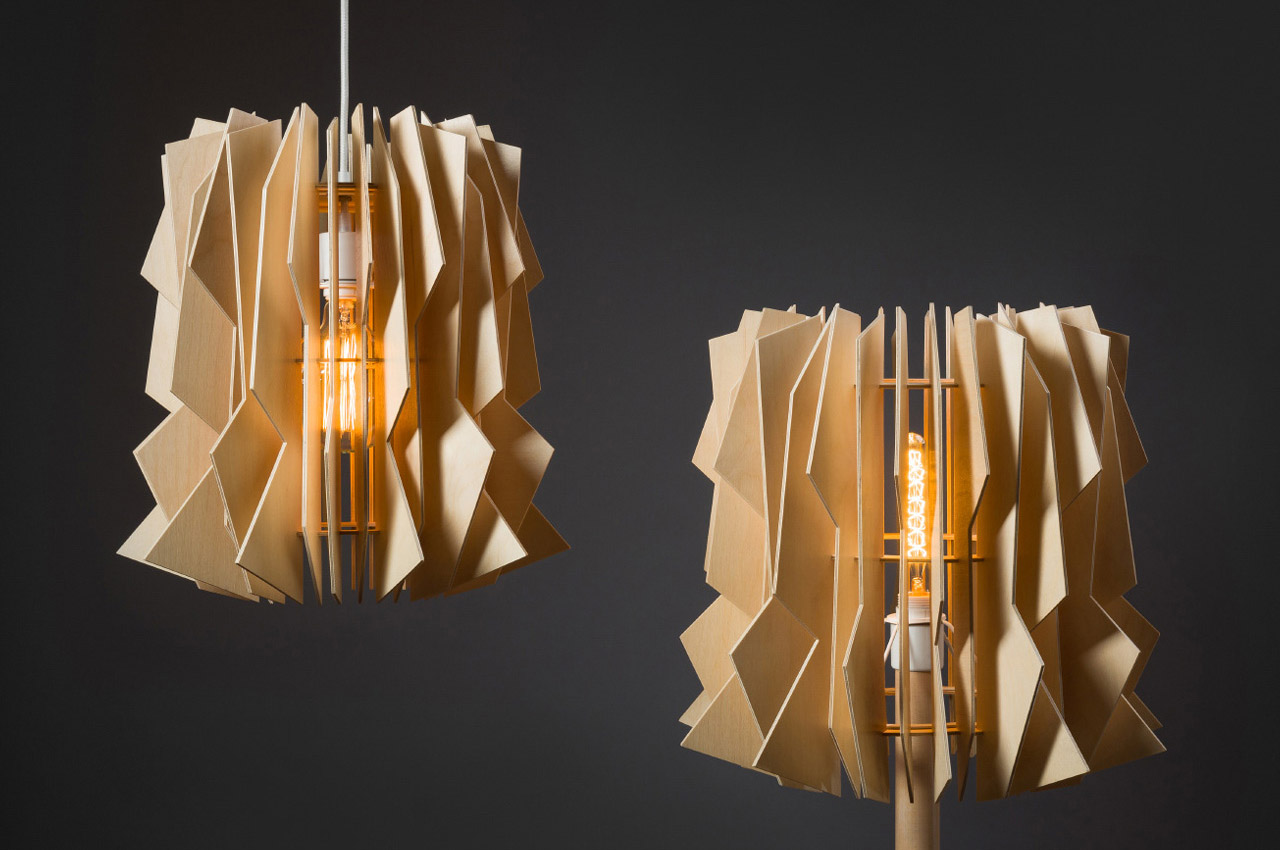
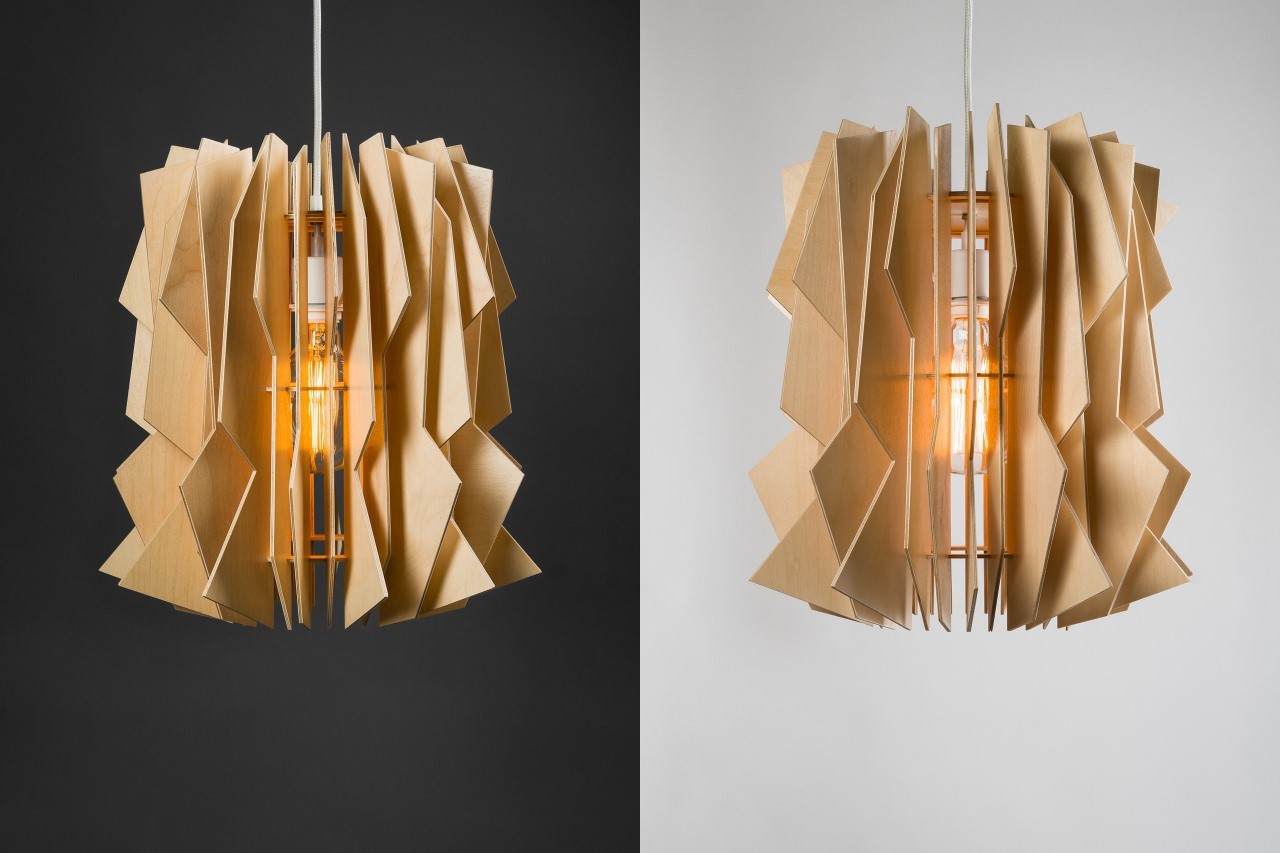
The beauty of the Storm Lamp by Julia Kononenko is that there isn’t any method to its mad design. The lamp comes with a variety of laser-cut wooden panels that can be arranged/oriented in any way you like because as its name suggests, the Storm Lamp is all about beauty in chaos. Looking almost like an abstract tornado, the lamp is entirely made from flat pieces of laser-cut plywood that are either left plain or painted black.
Why is it noteworthy?
When assembled together, they create a 3D form using the Gestalt visual law of continuity. Moreover, the jagged edges themselves illuminate to look like chaotic lightning strikes, reinforcing the product’s inspiration!
What we like
- The lamps are available in both hanging and floor formats
- The jagged edges themselves illuminate to look like chaotic lightning strikes
What we dislike
- No complaints!
4. Puffa
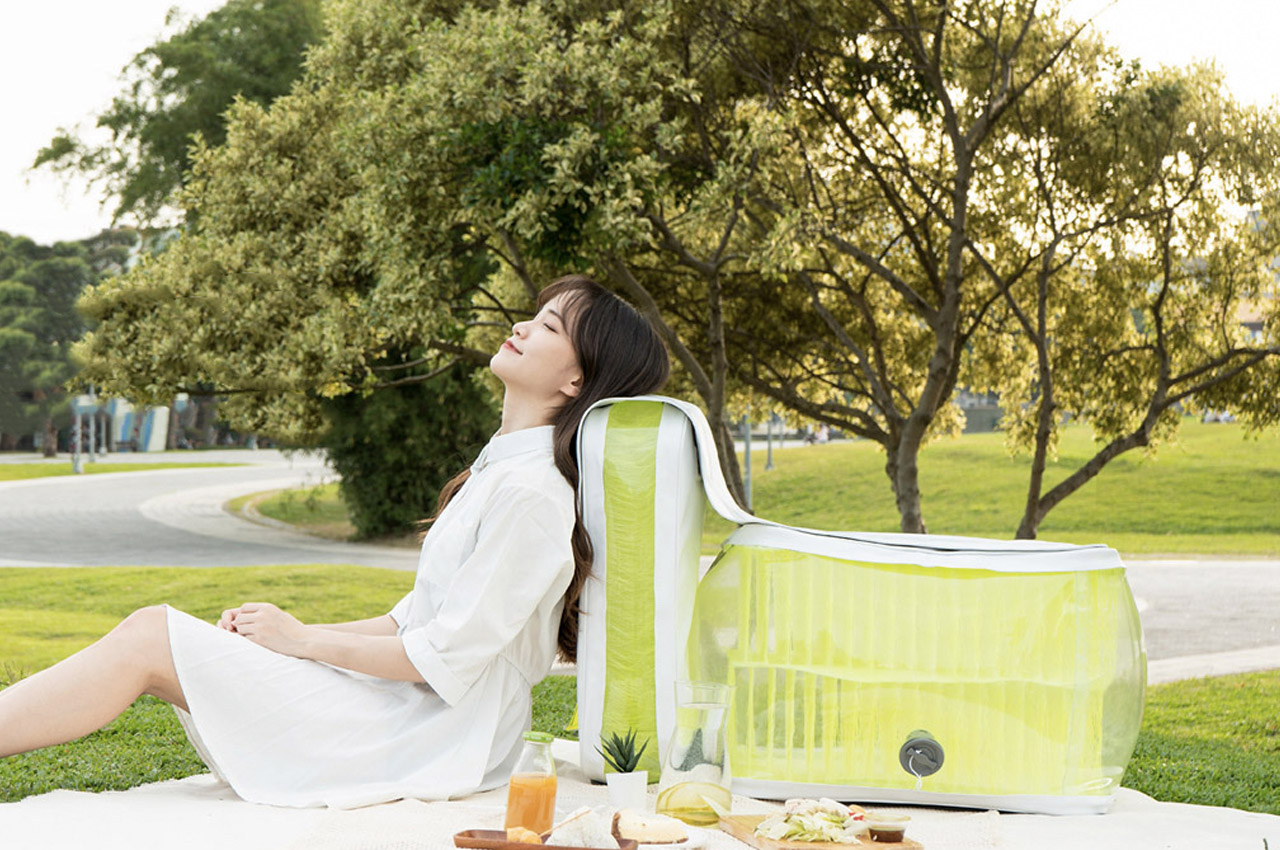
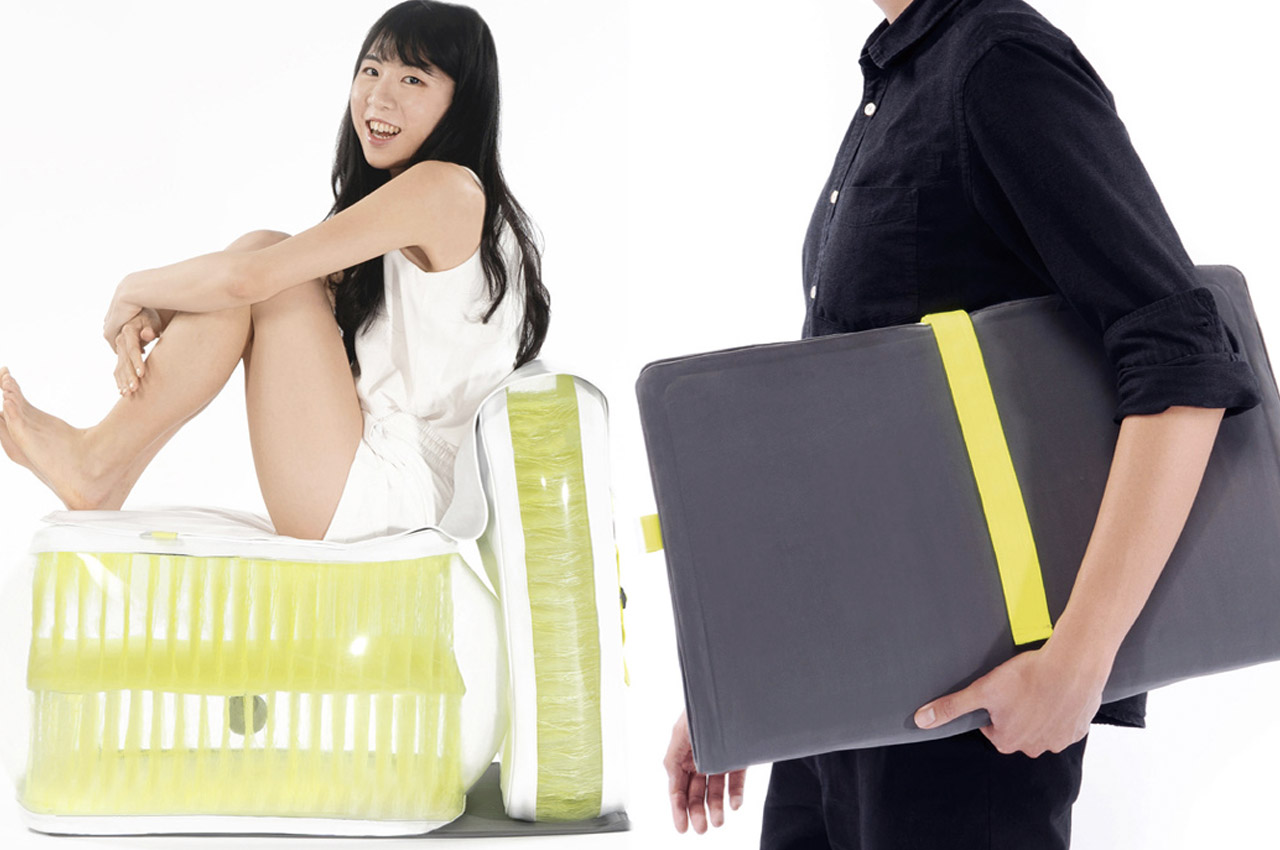
Creation of industrial designers Yin-Yu Lo and Trinna Wu, this accessory takes flat packaging as the core idea for portability. I like the idea of having the option to carry a comfy sofa to the next camping trip or the leisurely beach day on the weekend.
Why is it noteworthy?
The duo has designed the urban sofa using 3D weaving distance technology in the inflatable structure. This production method keeps the middle surface of the sofa flat with a stable supporting force that prevents eventual sagging with such inflatable products. It can be inflated instantly without much hassle, and the stiffness level of the seat and cushion can be adjusted as required. When it needs to be transported to another place, deflate Puffa and easily carry it public transit or store it in the car’s boot.
What we like
- The sofa folds to the size of a yoga mat, making it ultra-portable in nature
- It will never sag like other inflatable sofas
What we dislike
- The transparent/neon colour scheme may not appeal to everyone
5. The O TRL
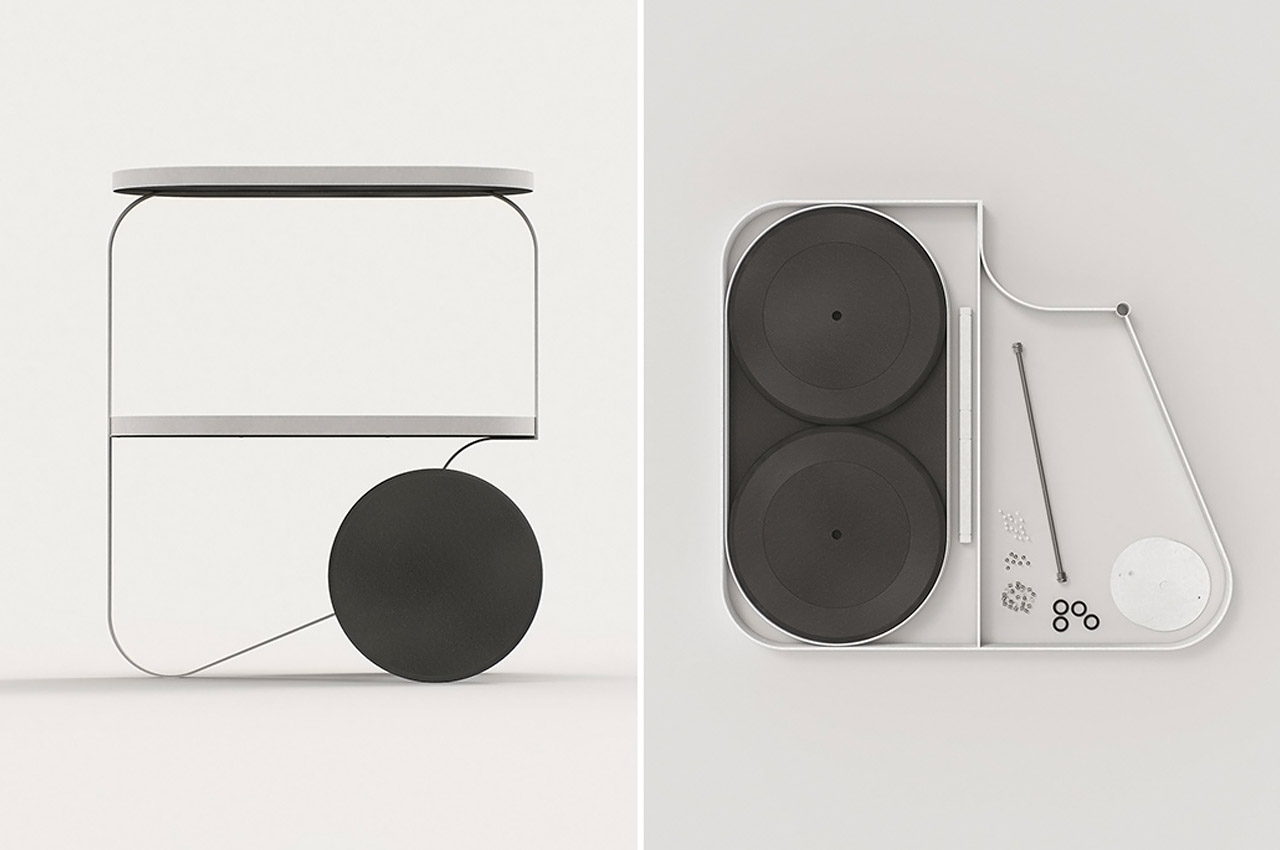
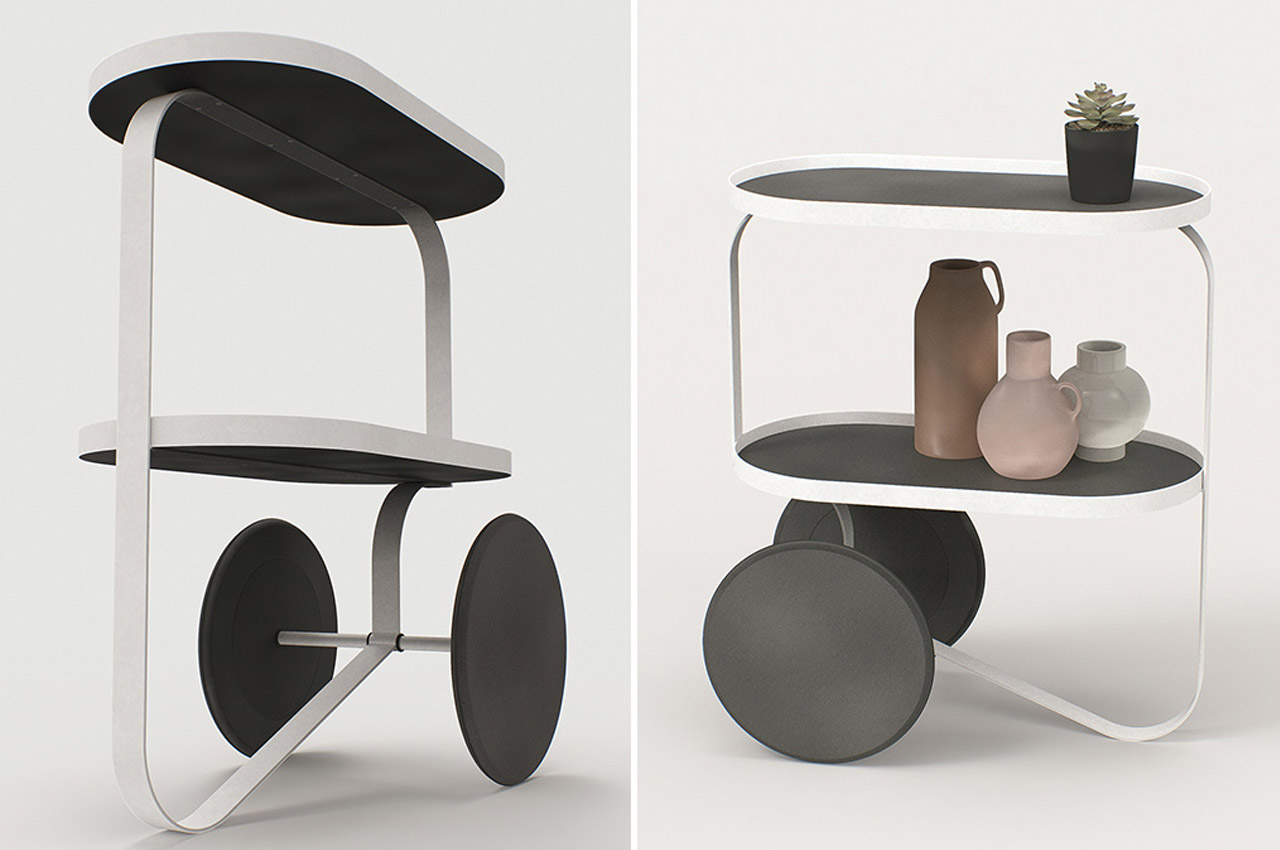
What the world needs more of is minimal and elegant furniture like the O TRL by Annabella Hevesi. Annabella created this tray table as a versatile piece of furniture – use it to store your stationery, kitchen knick-knacks, or as a makeshift desk in work from the home emergency scene – the pure and minimal aesthetics of this design make it a perfect match everywhere.
Why is it noteworthy?
The trolley has a slim and sleek silhouette and is constructed using a black MDF board, powder-coated steel, and rubber. Do not be fooled by its humble looks; this tray can bear its fair share of weight and move around smoothly, given its large weight-bearing wheels.
What we like
- Can bear weights
- Moves around smoothly
What we dislike
- The design looks a little frail
6. staxxiom
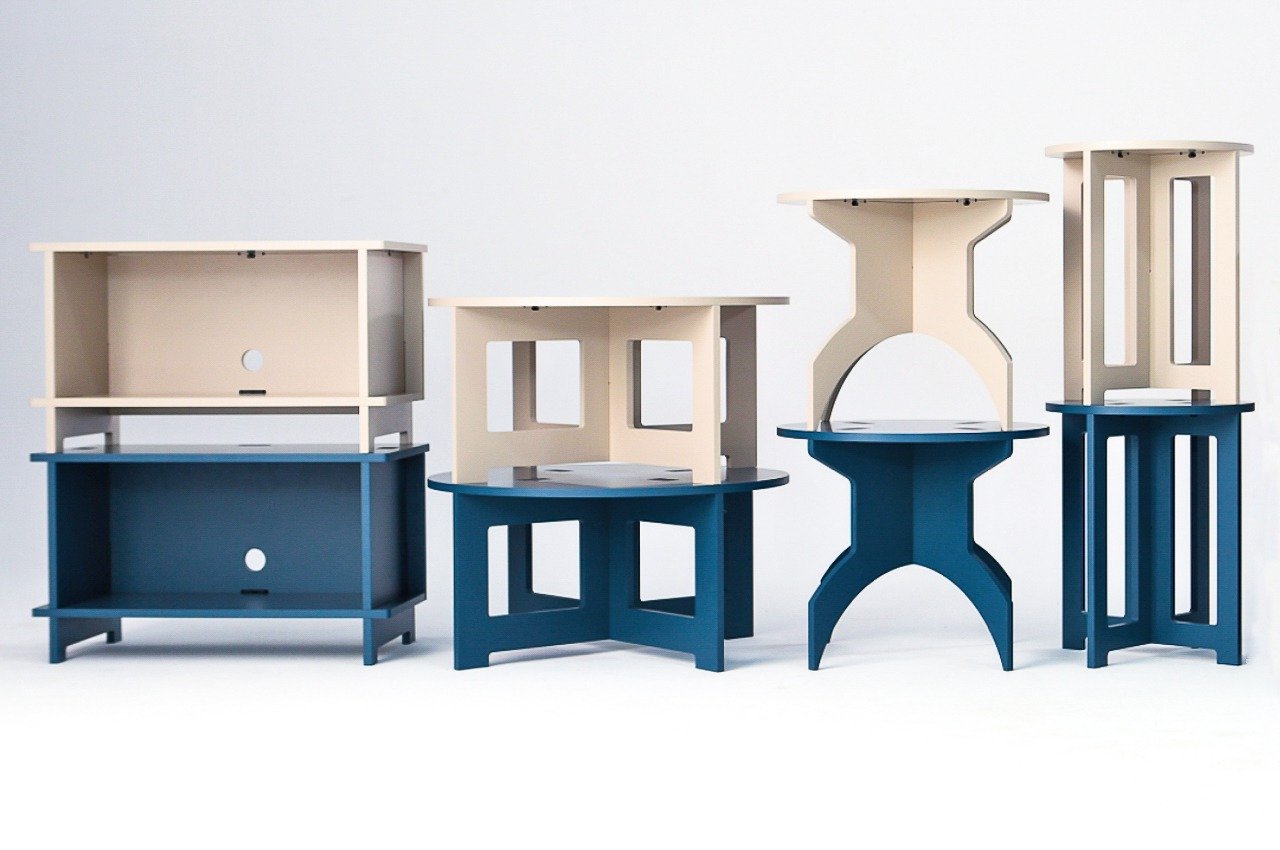
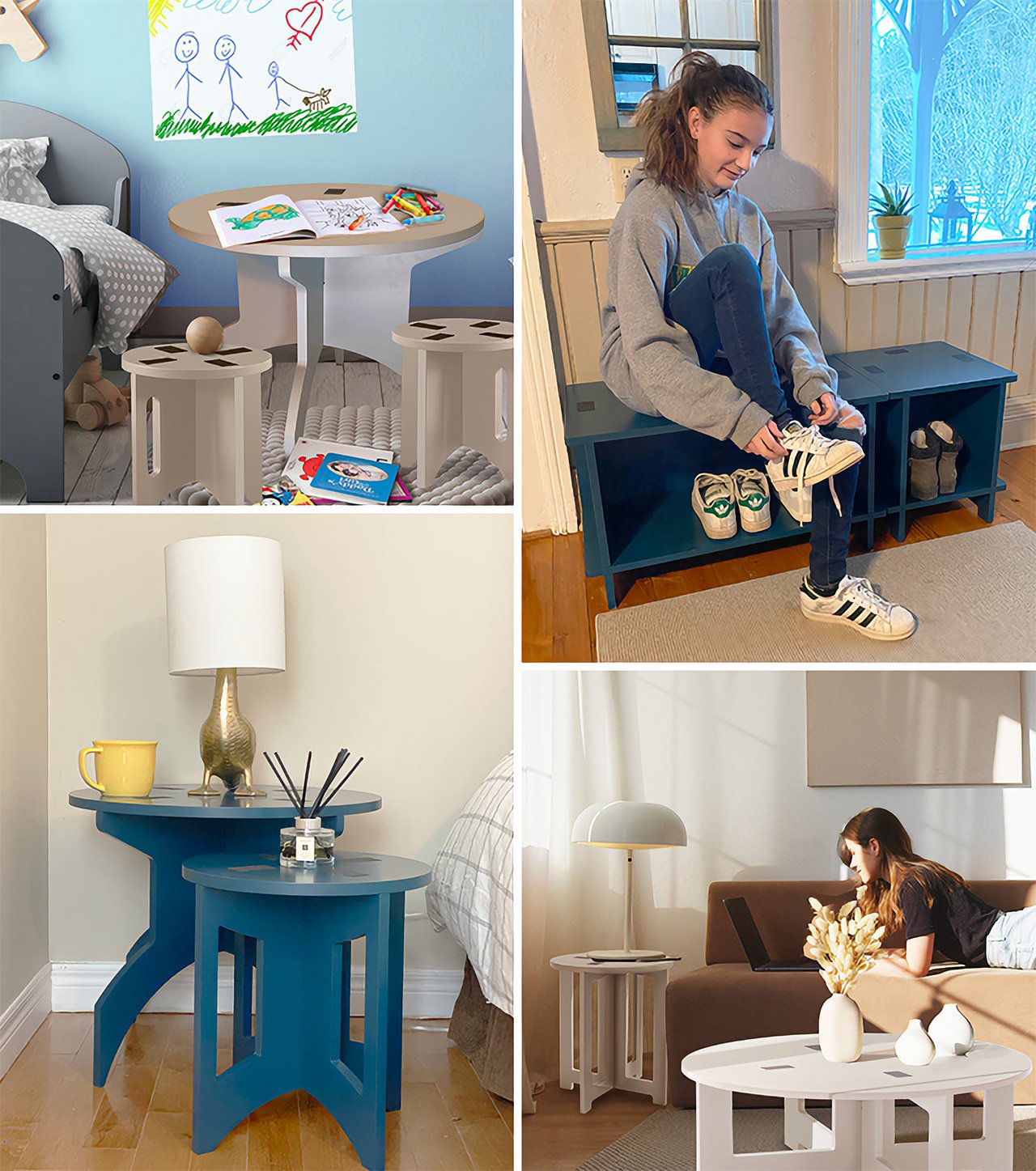
With laser-cut pieces of wood that simply interlock to create your design, staxxiom is building on IKEA’s DIY culture by making their furniture more efficient, more eco-friendly, and as simplified as possible. That last part works in staxxiom’s favor too, because the simplified design gives their furniture a unified, wonderfully minimal aesthetic, along with the added benefit of being ridiculously easy to build too.
Why is it noteworthy?
The table’s design is just a 3-part assembly, featuring two wide interlocking leg panels and a surface on top… along with tiny coupling blocks that plug into the gaps to hold the design together. staxxiom’s shelves and stools work the same way too – with parts that just interlock together, and coupling blocks that fill in the gaps. More often than not, you don’t even NEED a manual because even a child could assemble it, and the assembly process is about as time-consuming as making a paper plane.
What we like
- This unique approach to designing furniture benefits all the stakeholders in the product’s cycle
- You can disassemble and reassemble your products too if you plan on shifting houses
What we dislike
- No complaints!
7. The Stair Cubby
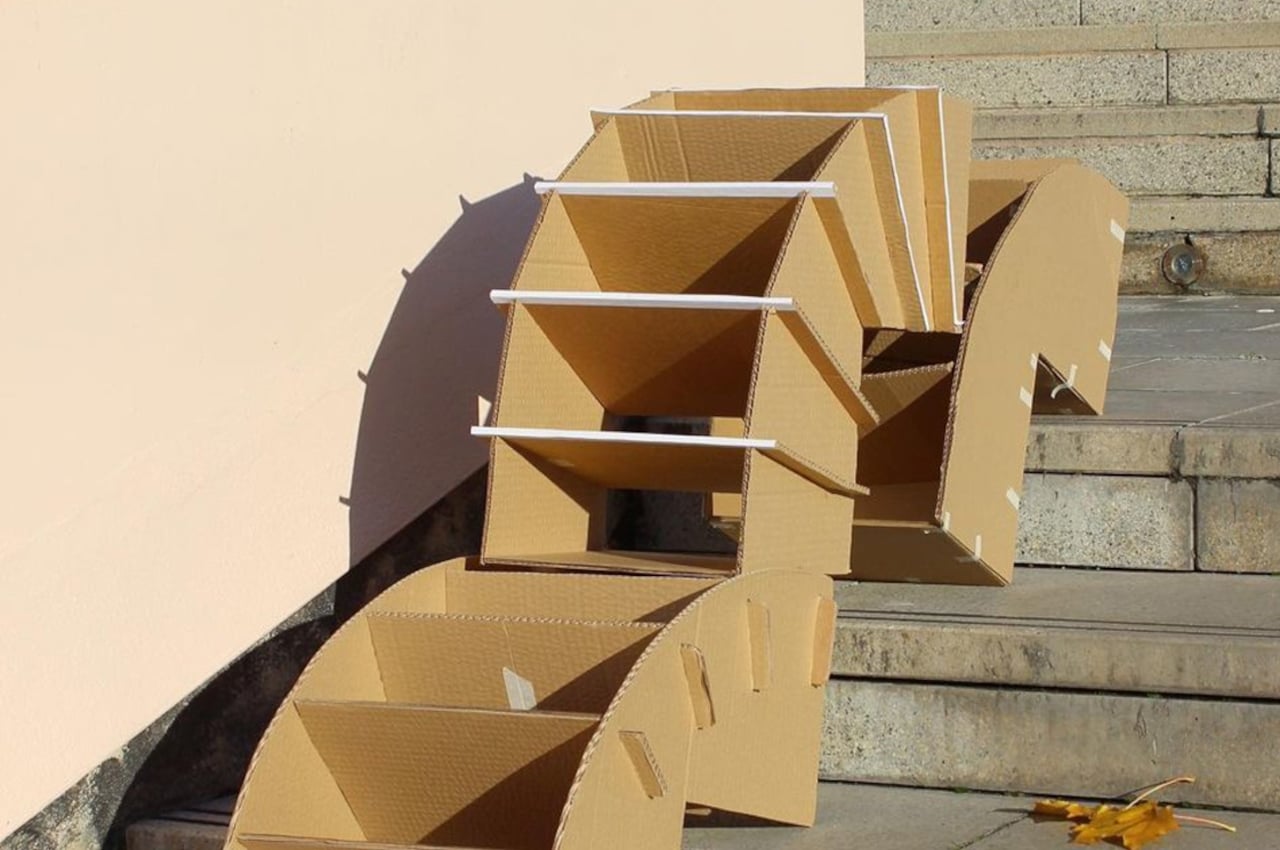
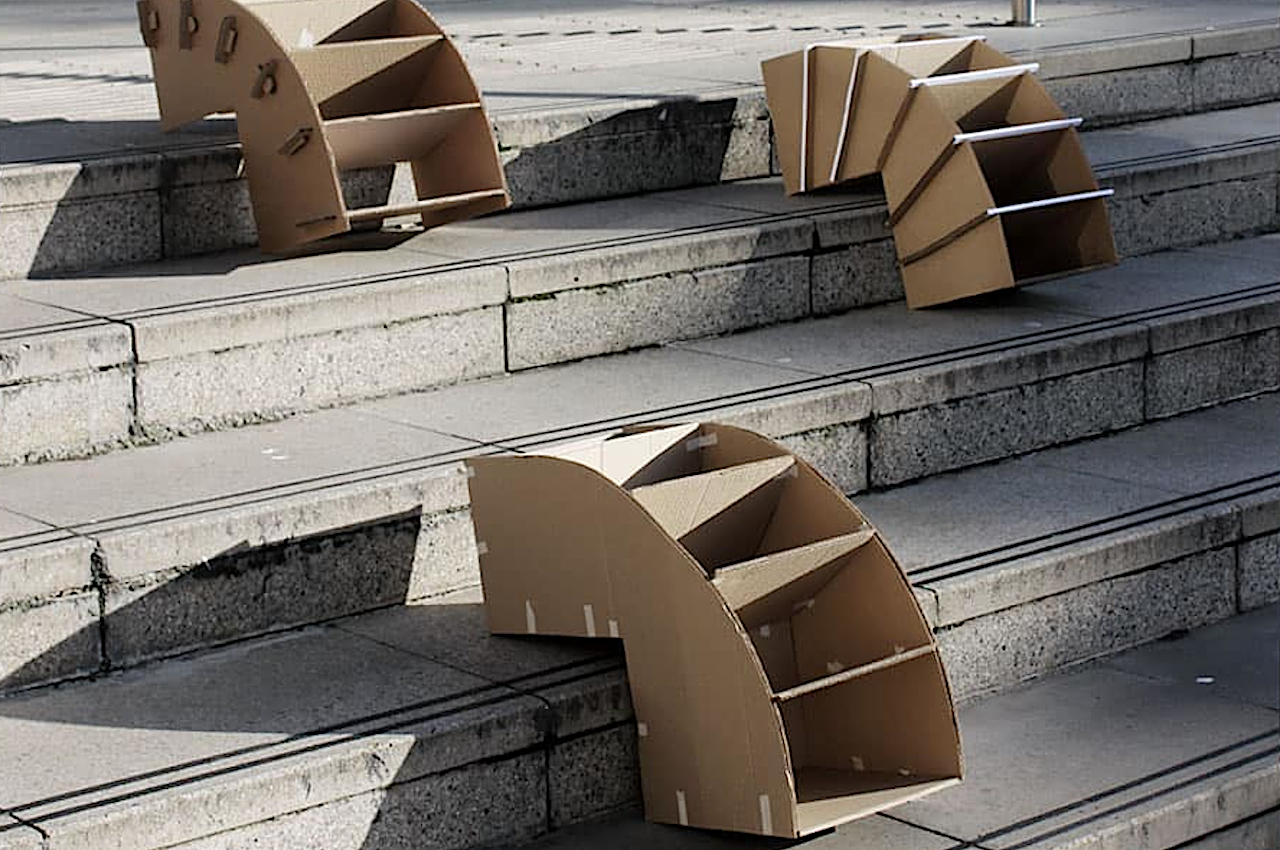
The Stair Cubby, as it was christened, can be assembled without the use of tools, with tabs simply going into slots and held down with pegs. The cubby is designed to sit on two steps of stairs, but the panel on the back can slide up and down to adjust to different stair heights. The storage has five open-access cubbies for shoes, books, and any other item that can fit inside, keeping things organized and out of harm’s way.
Why is it noteworthy?
Staircase bins need to take into account the particular shape of stairs, but not all stairs are made equal, so they have to be a bit more flexible or at least configurable. Given how in-demand these storage solutions might be, they also need to be durable and sustainable. These two product design students from Nottingham Trent University in the UK hit both birds with one sheet of plywood.
What we like
- Can be assembled without the use of tools
- Great for homes with space constraints
What we dislike
- We’re not sure how well it would hold heavier objects
8. Tri-Round Chair
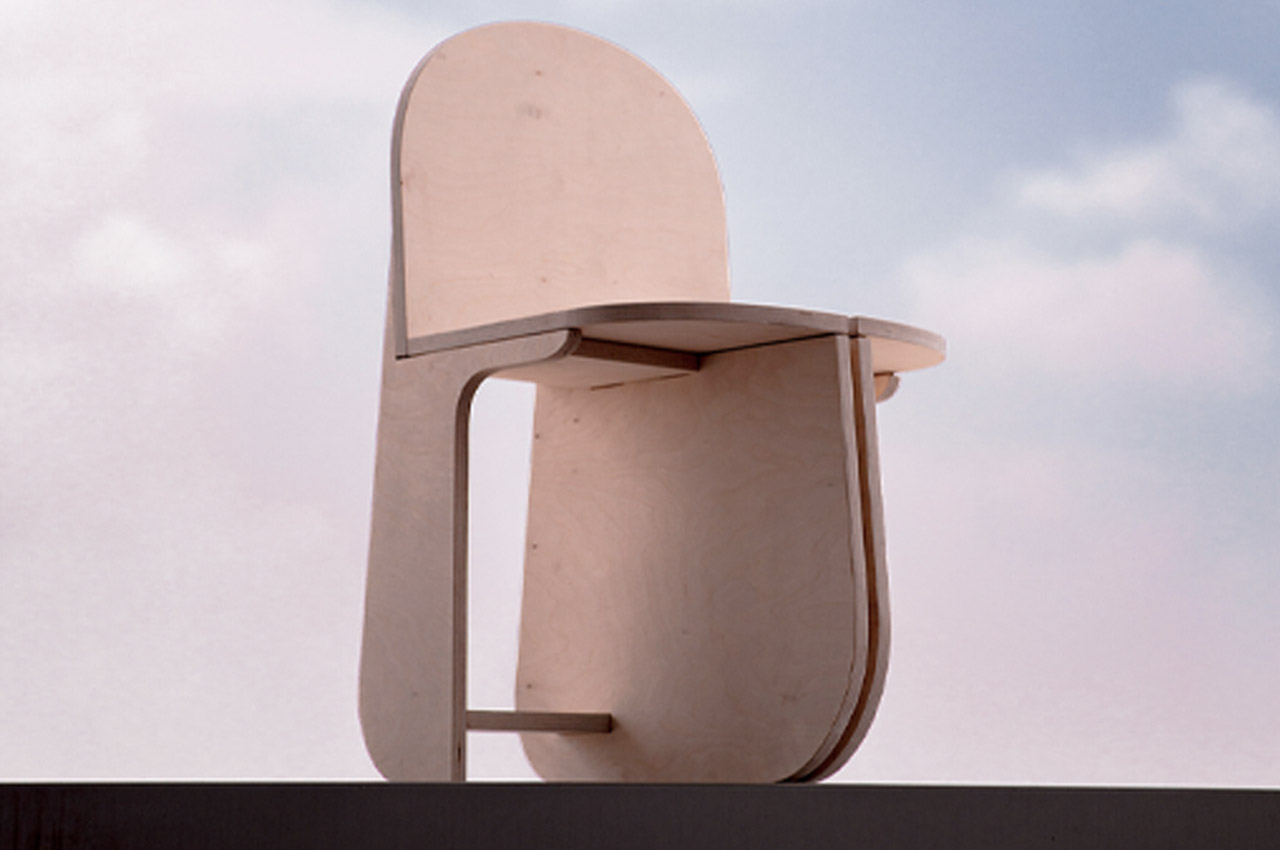
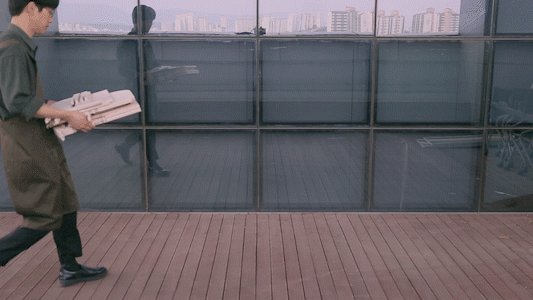
Yunjae Lee, a Seoul-based product designer has taken to birch plywood and CNC-milling to design and construct a chair with three rounded legs, requiring no additional tools or hardware for assembly.
Why is it noteworthy?
Before assembly, Yunjae Lee’s Tri-Round Chair breaks down to eleven separate pieces– reminiscent of IKEA projects. From the looks of it, the eleven pieces of Tri-Round Chair have been CNC-milled to fit into one another like a 3D puzzle. The chair’s center support structure is comprised of two wooden pieces that rest on the ground, providing stability for the chair from the ground up. One longer beam intersects and runs perpendicular to those two boards to connect additional support side legs that cradle the chair’s main seat and backrest. The complex interlocking formation of the Tri-Round Chair ensures stability and a solid structure.
What we like
- Each piece of Tri-Round Chair seamlessly connects with one another to form a finished product that feels familiar
- By joining each separate component together, Tri-Round Chair finds support through a complex interlocking building method
What we dislike
- No complaints!
9. Float
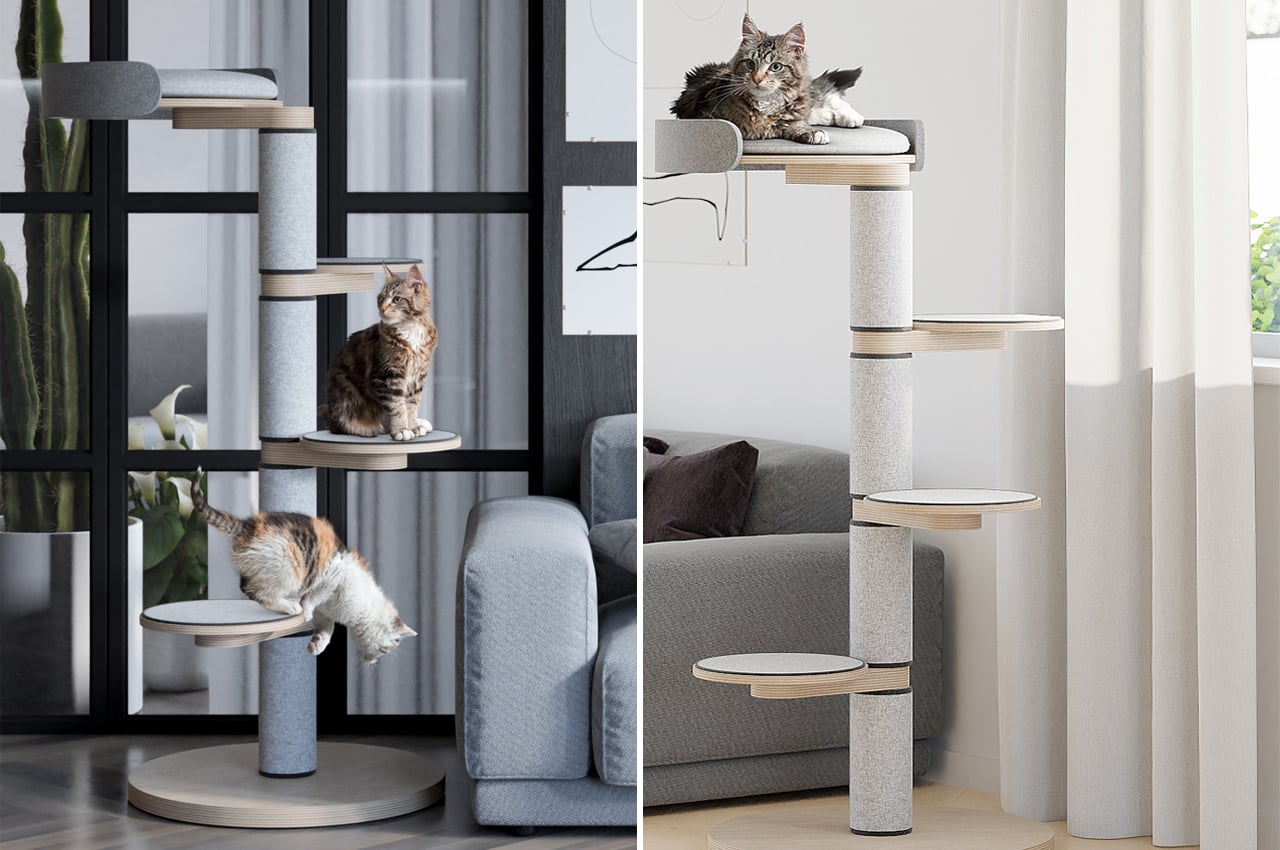
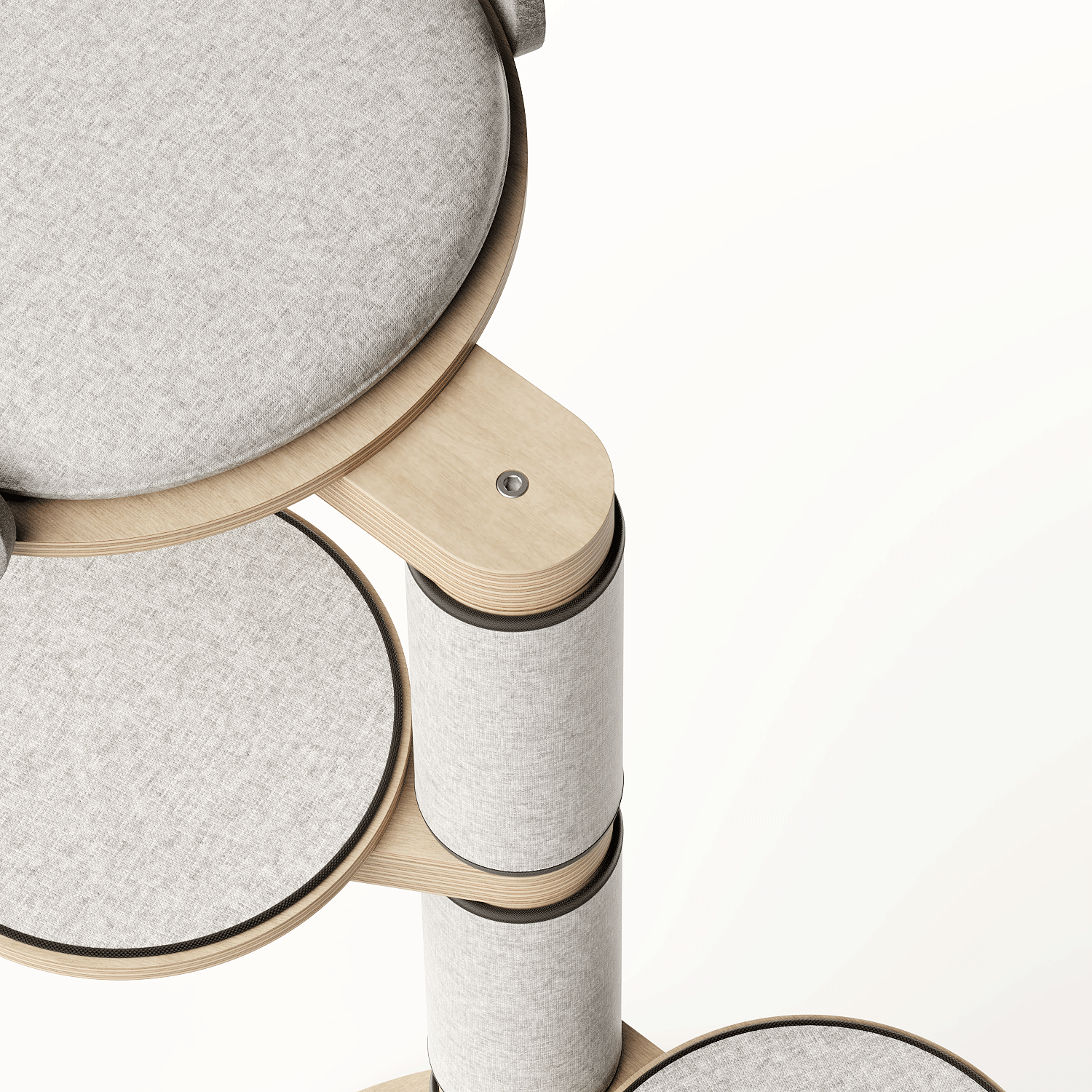
Float is a flatpack cat tower with built-in scratching pads that can be assembled in just a few steps. Keeping cats entertained is a losing game. With all of the toys we buy for our feline friends, they still seem to prefer the armchair for scratching and balls of yarn for chasing. But then, that rare piece of furniture comes along made specifically for them that becomes their favorite spot for a midafternoon cat nap.
Why is it noteworthy?
Amounting four levels, Float is a flatpack cat tower with integrated features like scratching posts and movable seat rests. Following a client’s specifications and criteria, Teixeira designed Float so that it would blend into any modern home. Taking on a Scandinavian-inspired overall look, Float achieves a minimalist profile through natural, unstained wooden rods as well as cool, gray felt cushions.
What we like
- Scandinavian-inspired aesthetics
- Designed to optimize functionality and versatility
- Height can be adjusted
What we dislike
- No complaints!
10. Nook
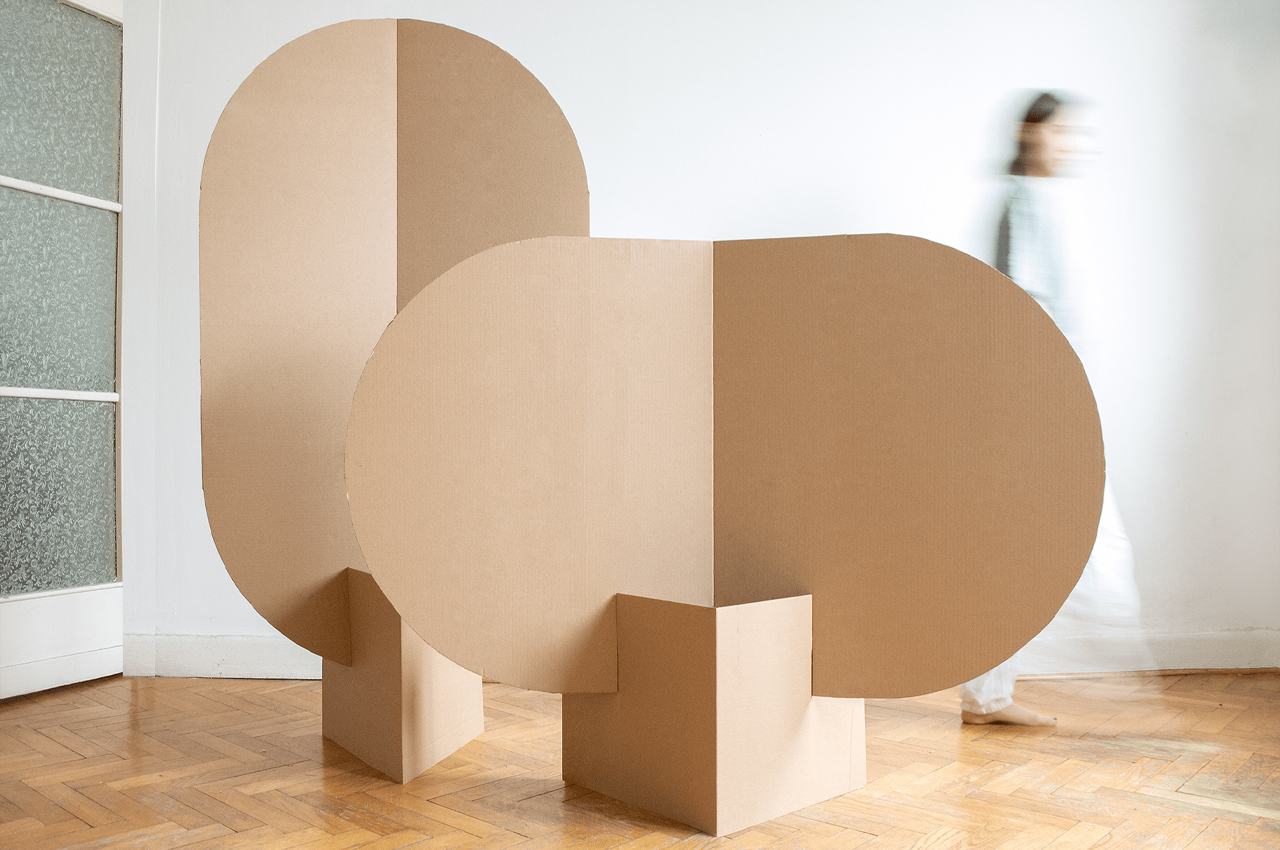
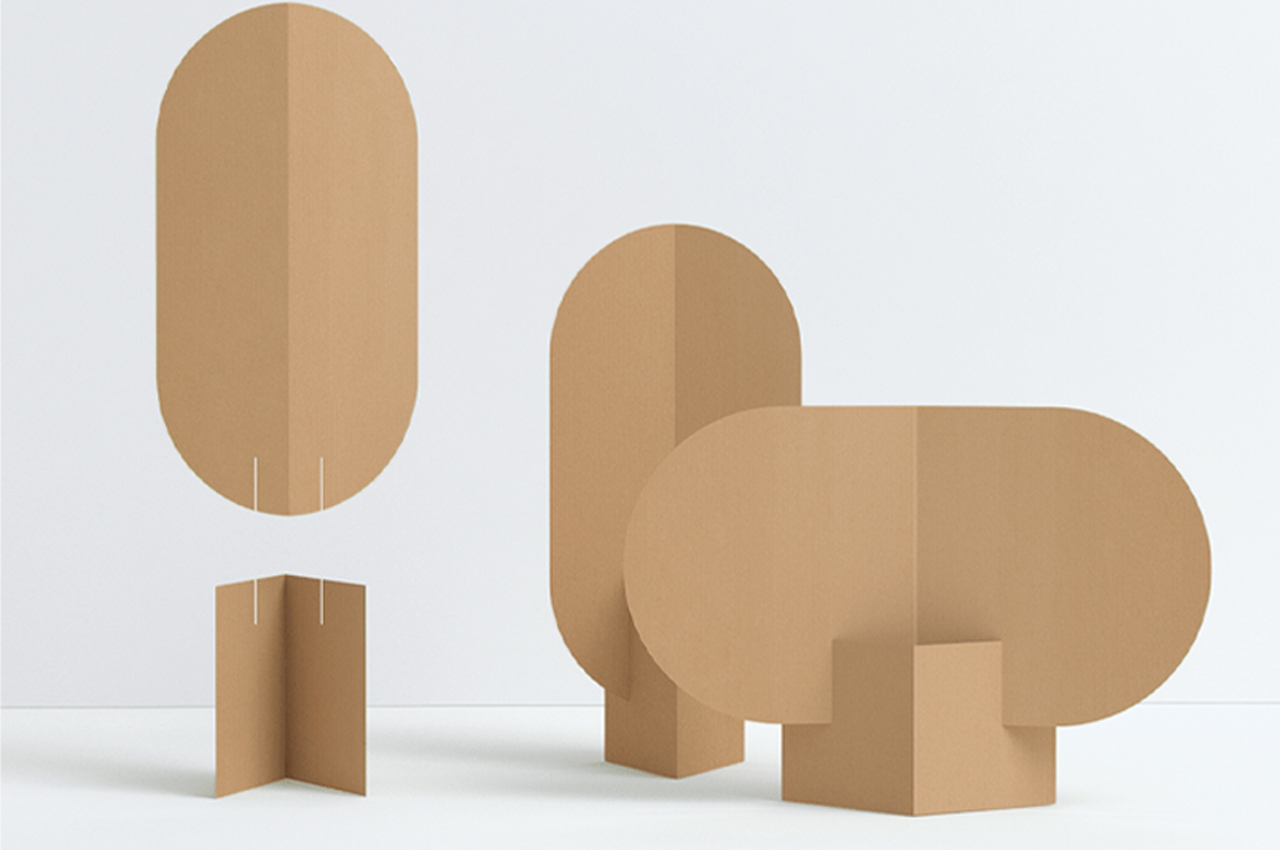
Designed in two different sizes, Nook is a collection of desk and room dividers made from disused Just Booth cardboard shipping containers. Amidst busy offices, distractions can come at any moment. Conceptualized as a means for workers to get quiet concentration time, the collection of smaller dividers can be configured on desks to create a small working zone.
Why is it noteworthy?
It’s said that it takes a little over twenty minutes to get back to work after a distraction. Whether you’re working from home, in your local coffee shop or a busy office–distractions are everywhere. Designing a means for privacy, Just Booth is a Polish acoustic pod brand that develops sound booths where you can retreat for privacy during the workday. Following a competition held by Just Booth and the Academy of Fine Arts in Łódź where designers were asked to repurpose Just Booth cardboard boxes, Patrycja Gorzela designed Nook.
What we like
- Super lightweight and slim
- Sustainable design
What we dislike
- Could be easily damaged
- Not sure how suitable it is for long term use

